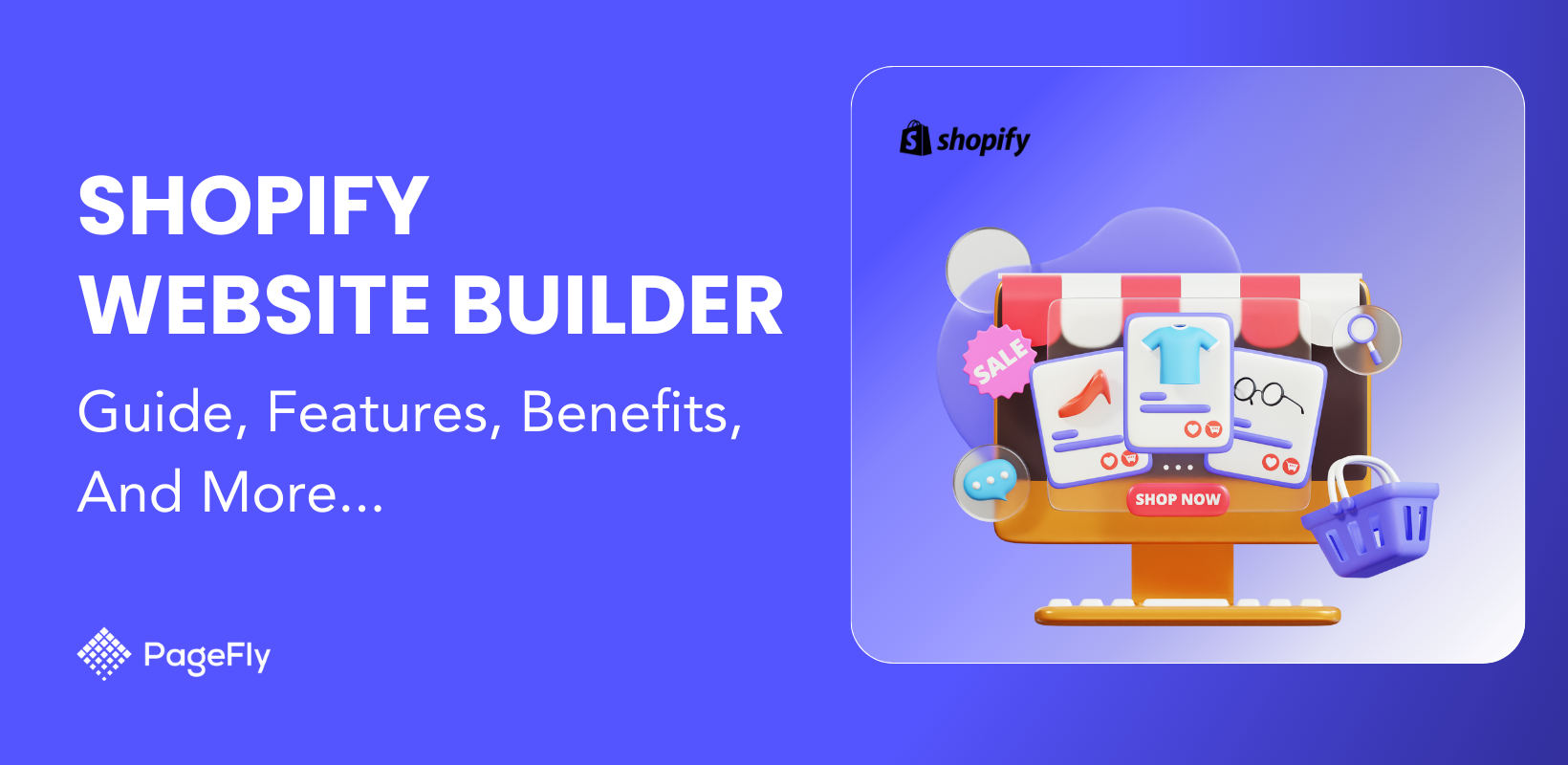What is the Shopify code language that powers the world’s most popular full-stack ecommerce platform in the world?
If you're an aspiring Shopify developer, understanding the backbone of Shopify's architecture is essential to creating, customizing, and scaling online stores effectively. While Shopify leverages a variety of technologies to support its ecosystem, it primarily relies on one core Shopify programming language that drives its functionality.
Whether you're building themes, crafting apps, or simply curious about the technical side of Shopify, knowing the tools and languages at play is crucial.
So, what is this language, and how can mastering it help you thrive in the Shopify development space? Scroll down to uncover the answers and kickstart your journey to becoming a Shopify expert!
What Language Does Shopify Use? Shopify Language Code List
Shopify primarily uses Liquid, an open-source template language created by Shopify and written in Ruby. It powers Shopify themes by rendering dynamic content. Shopify also supports HTML, CSS, JavaScript, and JSON for theme development and customization. Shopify supports multiple programming languages for different functionalities:
- Liquid – Templating language for themes
- JavaScript – For interactive elements
- HTML/CSS – Styling and layout - design
- Ruby on Rails – Used in Shopify’s backend development
- and GraphQL & REST APIs – For data manipulation
Shopify Code Language: Liquid
What code does Shopify use? Liquid. Liquid is the primary Shopify language and serves as the backbone for building and customizing Shopify themes.
Liquid is Shopify’s open-source templating language used to load dynamic content in themes and sections. It's what powers .liquid files and is essential for customizing store design and logic.
This means you can seamlessly integrate data from a store’s backend, such as products, collections, and customer information, into the frontend design.
One of the reasons Liquid is used in Shopify is its flexibility and simplicity. It enables developers to create dynamic, user-friendly experiences without requiring a deep understanding of more complex programming languages.
Moreover, Liquid’s structure is easy to learn, making it an excellent starting point for those new to coding. As a Shopify developer, mastering Liquid opens the door to endless customization possibilities, empowering you to create unique ecommerce experiences tailored to client needs.
Shopify Developer Resources For Learning Liquid
Now that you know that Liquid is the main Shopify programming language, it’s essential to dive deeper into its intricacies if you’re serious about making a career as a Shopify developer.
Fortunately, Shopify provides a wealth of resources to help you learn and excel in Liquid.
- Shopify Documentation: The official Shopify Liquid guide is a comprehensive resource that covers everything from basic syntax to advanced features. It’s an invaluable starting point for beginners and a handy reference for experienced developers.
Note: The Shopify Liquid Cheat Sheet is also a handy manual to help expedite your learning process. (Access it by following Shopify Cheat Sheet)
- Shopify Partner Academy: This platform offers dedicated courses tailored to teaching Liquid and other Shopify development skills. By completing these courses, you’ll gain practical knowledge and certifications that enhance your credibility as a developer.
- Liquid Code Examples: Exploring real-world examples of Liquid code can accelerate your learning process. GitHub repositories and community forums often share snippets and projects that you can analyze and adapt for your needs.
- Developer Communities: Engaging with communities like the Shopify Developer Forums or Reddit’s ShopifyDev subreddit can provide additional insights, tips, and support from experienced developers.
Note: The Shopify Developer Documentation can also help you figure out what type of Shopify solutions you could offer.
- Youtube Videos: Youtube contains a wealth of information about virtually anything you need to know, including Shopify Liquid. Check out these YouTube videos to jumpstart your understanding of Shopify Liquid.
- Shopify Liquid Crash Course:
Mastering Liquid is a critical step toward success in the Shopify ecosystem. By leveraging these resources and continuously practicing, you’ll gain the confidence and skills needed to build stunning Shopify themes and propel your career forward.
Complementary Codes For Shopify Language
Liquid is not the only Shopify language that you need to learn if you want to become a full-stack Shopify developer. Although Liquid is the main Shopify code language for themes, there are other languages used in various areas of Shopify.
Which Other Programming Language Should You Learn for Shopify?
If you're a store owner or developer starting with Shopify, begin with Liquid for theme edits. For deeper customization or app development, learn HTML, CSS, and JavaScript, followed by Ruby for more advanced functionality.
HTML, CSS & JavaScript for Front-End Customization
Shopify themes use HTML for structure, CSS for styling, and JavaScript for interactivity. These languages allow developers to build responsive, branded storefronts with smooth user experiences.
These are:
| Language | Use Case |
| Liquid | Theme templating |
| Ruby | Shopify platform & app development |
| HTML/CSS | Structure and styling |
| JavaScript | Front-end interactivity |
Ruby On Rails for Back-End Logic

Ruby On Rails is the web framework Shopify has chosen to build its platform on, consistently praised in Shopify reviews for its efficiency and integration capabilities. There are so many reasons why Shopify (and many other developers and brands) choose Ruby On Rails as their software development framework. Some of them include:
- It is primarily used for creating high-performance web apps, like Shopify.
- Ruby On Rails serves as a great testing framework for developers. Most other frameworks require developers to use a third-party testing program or build theirs from scratch. Ruby On Rail however comes with integrated testing that makes it easy to edit code.
- Above everything else, Ruby On Rails also boasts rapid application development. Your applications can have a streamlined development process. This is because one line in Ruby On Rails can be worth 6 in another language. Also Ruby On Rails has a full stack integration so you don’t have to mash together different frameworks in order to create your application.
JavaScript

JavaScript is a staple for most online web development so it is no surprise that Shopify uses the programming language to build its platform. As Shopify itself noted, a vast majority of developers building for Shopify use JavaScript as their language of choice.
JavaScript is used in Shopify Themes and Shopify Apps for progressive enhancement and to load dynamic content.
HTML and CSS

Shopify uses HTML to dynamically generate the structure of its online stores. The stores are generated based on the settings, products, and other information provided by the store owner, and it is designed to be easily customizable too.

CSS, on the other hand, is used to style the HTML content and make it visually appealing. Store owners can also add their own custom CSS to further enhance the looks of their store.
CSS parses and renders much faster than JavaScript so Shopify recommends that wherever possible, developers should use JavaScript only when there is no CSS solution available.
Rust

Rust is a high-performance programming language with a main focus on safety and productivity. Shopify evaluated the merits of multiple programming languages when trying to standardize its systems programming projects.
It arrived at the conclusion that Rust was the best choice for the platform. Here are some of the reasons why:
- Consistency: Shopify’s systems programming projects cover a wide range of domains. Rust is a language that can be used flexibly so it makes sense to invest in it.
- Performance: It is important for Shopify to be able to scale efficiently as the load on its platform grows. Rust provides good control over memory usage while also providing a high performance ceiling.
- Safety: Shopify found out that Rust exposed more errors compared to other alternatives that were evaluated. It also came out ahead on essential safety elements like eliminating data races in Parallel programs. Not surprising as one of Rust’s main focuses is safety.
Conclusion
How Does Shopify Work in Harmony with Its Core Technologies?
Shopify works by combining powerful technologies like Liquid, Ruby, and JavaScript to create a robust ecommerce ecosystem. Understanding how these components function together empowers developers to build themes and apps that enhance the merchant experience and delight customers.
However, as mentioned earlier, becoming a well-rounded Shopify developer requires learning other programming languages like Ruby, JavaScript, and HTML/CSS, which all play crucial roles in the Shopify ecosystem. Each language adds its own set of capabilities, allowing you to build not just themes but also apps and integrations that enhance store functionality.
Being a Shopify developer is incredibly satisfying, especially if you’re passionate about coding. With every snippet you write, you’re contributing to making an online store come alive, enabling merchants to create unique shopping experiences for their customers. It’s a career that combines creativity and technical expertise, with opportunities to grow alongside the ever-expanding e-commerce industry.
Remember, the journey doesn’t stop here. Keep exploring, practicing, and diving deeper into the resources provided above. By continuously learning and honing your skills, you’ll not only excel as a Shopify developer but also play a vital role in shaping the future of online shopping.
Shopify Code Language FAQ
Shopify uses Liquid as its main templating language, along with Ruby for the backend, JavaScript for interactivity, and HTML/CSS for web design. These languages work together to create Shopify’s e-commerce platform.
Shopify is written in Ruby using the Ruby on Rails framework.
Liquid is a templating language, not a full programming language. It enables developers to customize Shopify storefronts by embedding logic within HTML.
Liquid is a template language used to load dynamic content on Shopify themes.
No, but knowing Liquid, HTML, and CSS helps with customization.




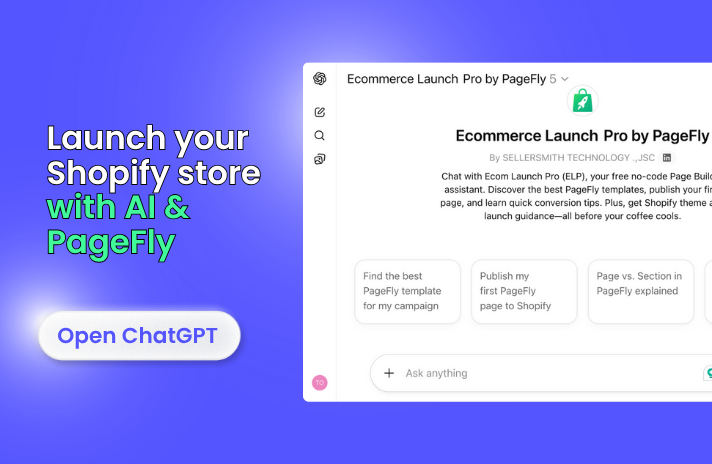
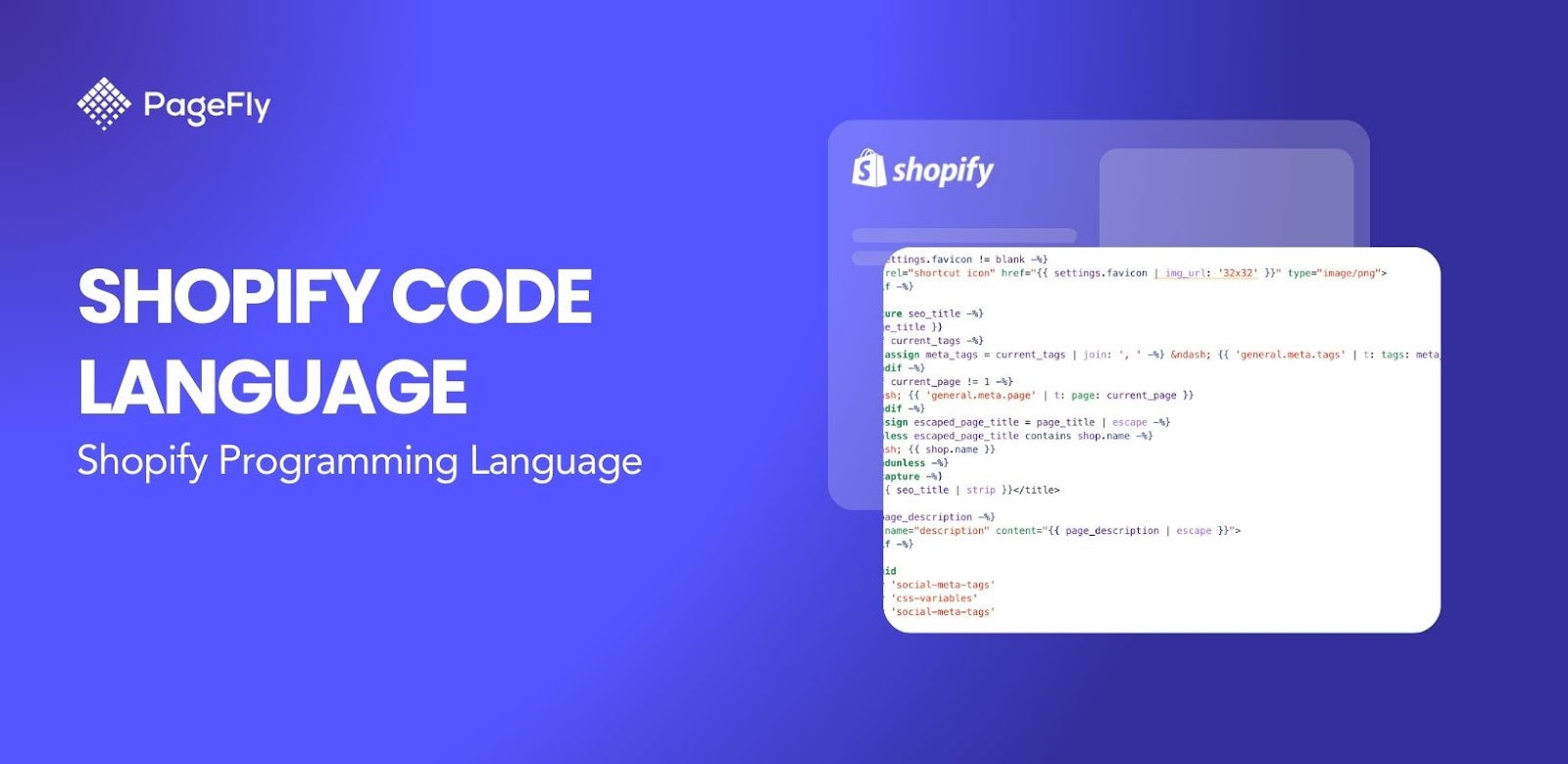


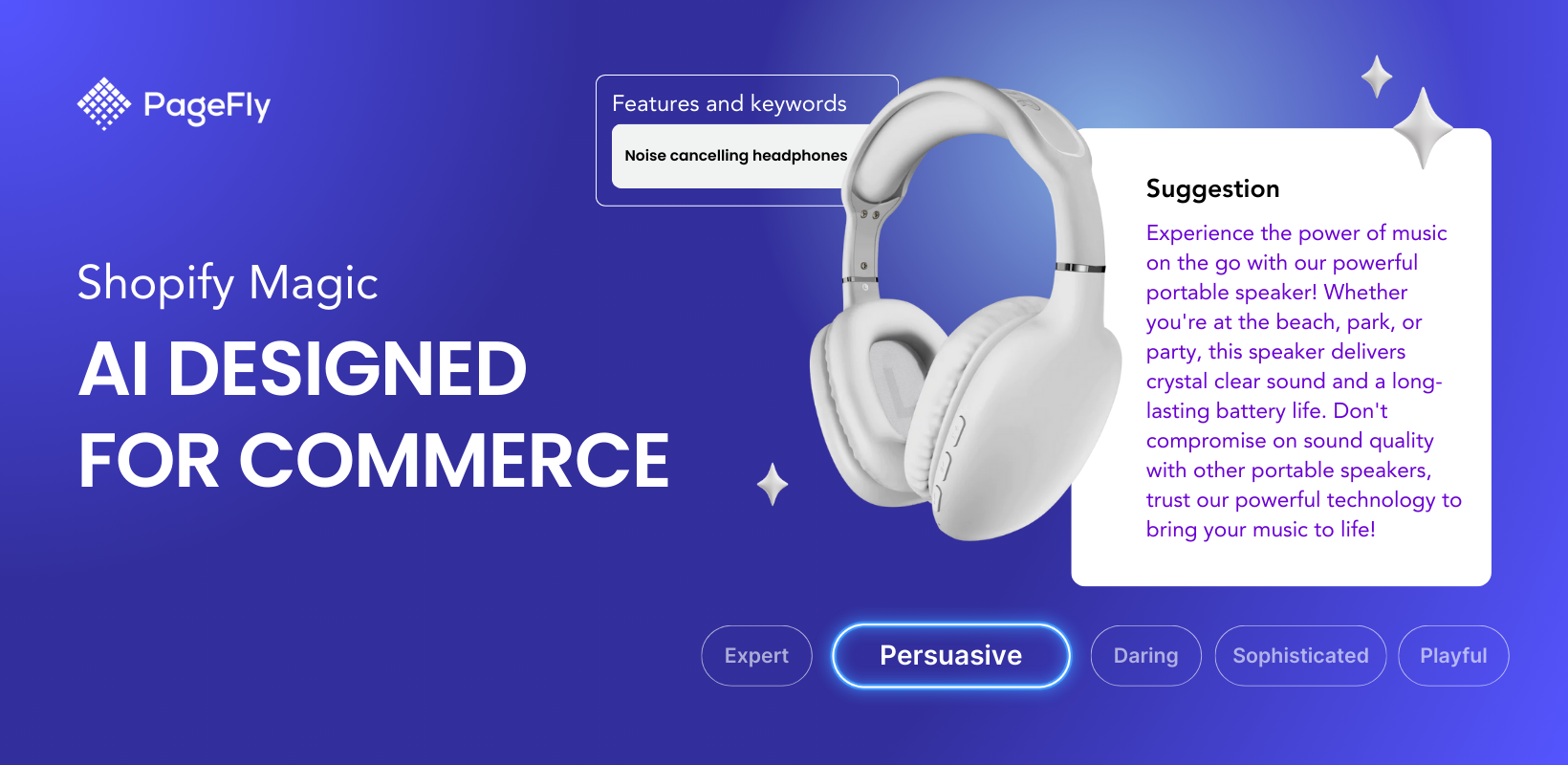


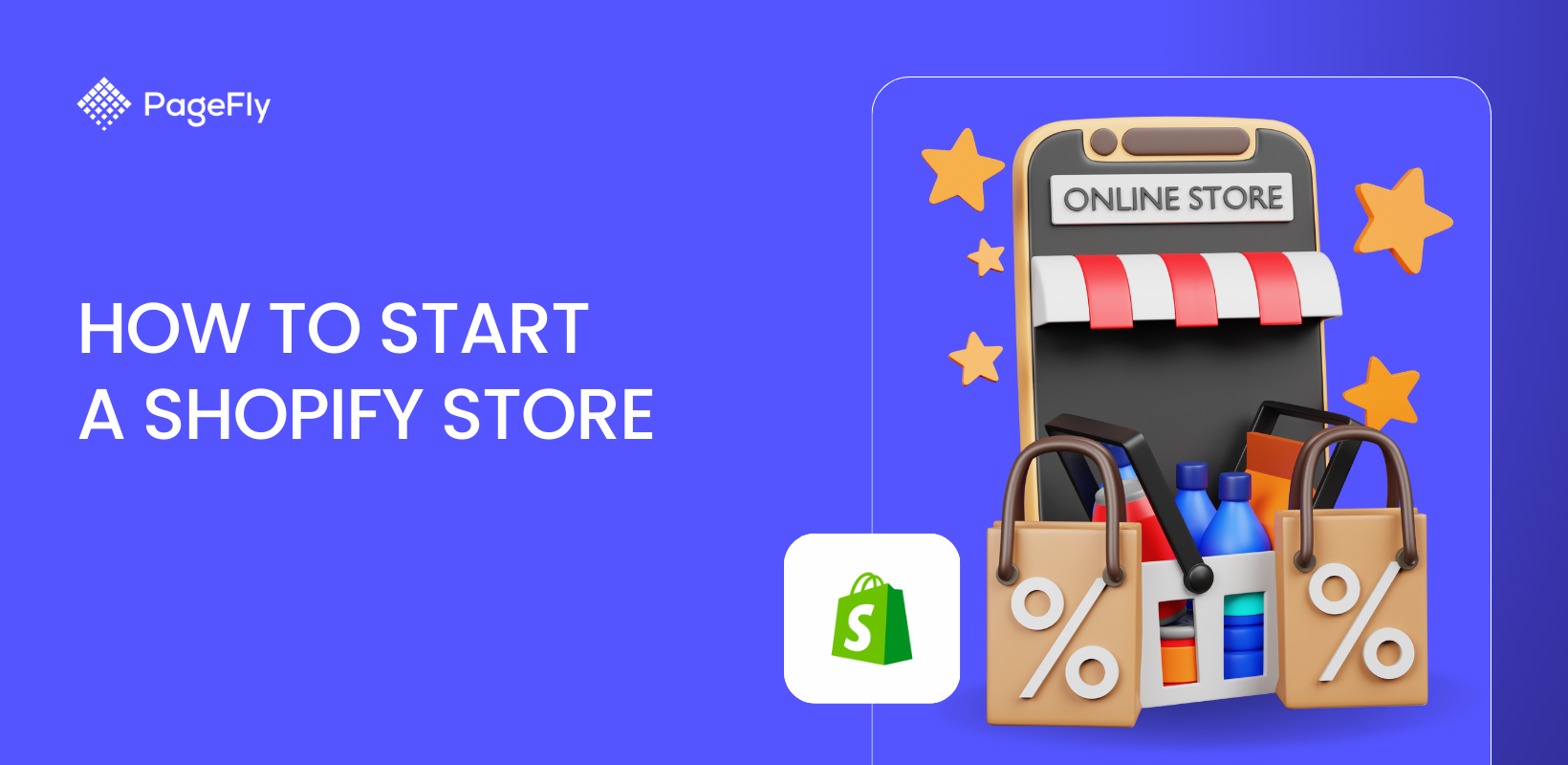
![27 Best Shopify General Stores + Complete Strategy Guide [2025]](http://pagefly.io/cdn/shop/articles/Best_Shopify_General_Stores_2f9d09f2-7c38-4da9-a495-e9f4898ddd68.jpg?v=1757271936&width=1640)

